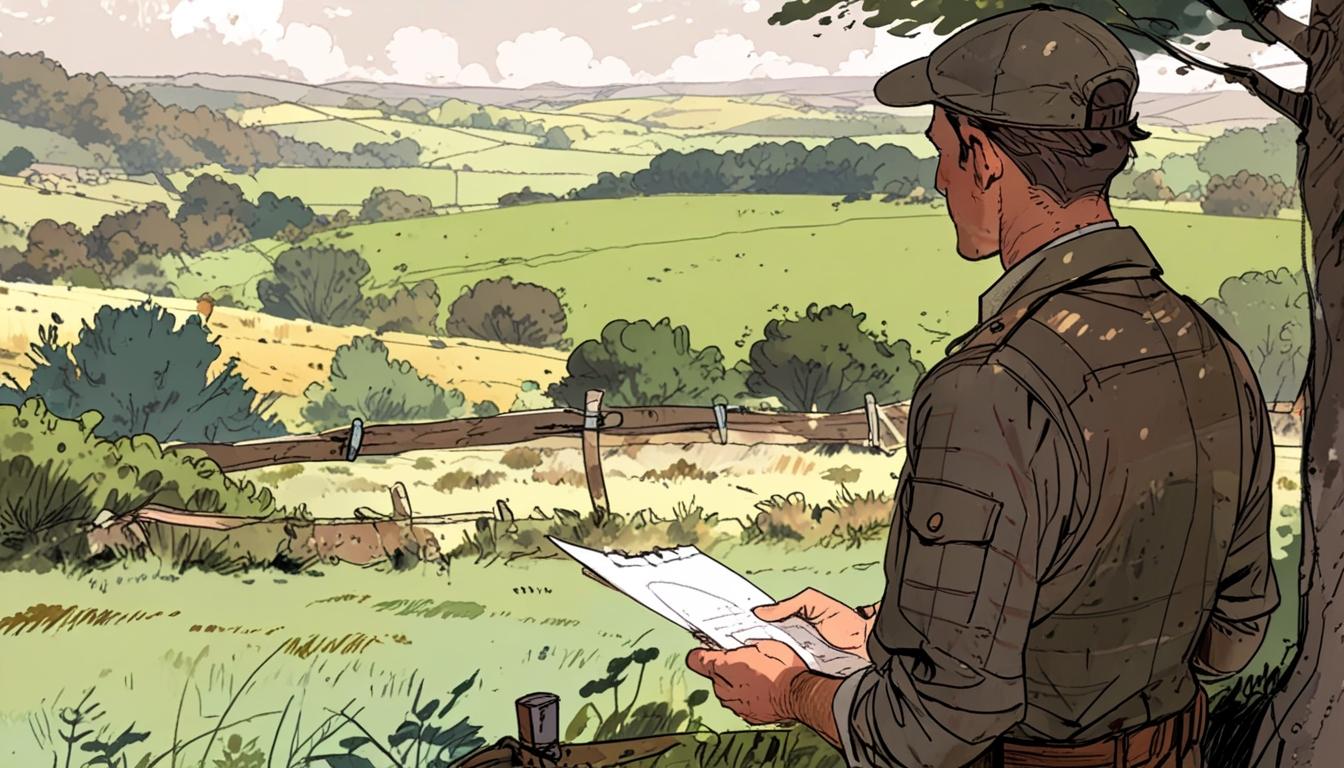Patrick Galbraith’s new book, "Uncommon Ground: Rethinking Our Relationship with the Countryside," offers an insightful and multifaceted examination of rural Britain's realities and the contemporary debates surrounding public access to land. The book is a blend of personal experience, nuanced observation, and a critical look at the tensions between land ownership, conservation, and recreational use.
Galbraith, a 32-year-old writer and qualified deerstalker from Dunscore, Dumfries, brings to the subject a combination of deep rural knowledge and urbane sophistication. Having previously edited Shooting Times for seven years, he is avidly involved in country life, engaging with diverse groups including poachers, gamekeepers, activists, gipsies, and naturists. His hands-on approach allows him to navigate and document the complexities of countryside life with authenticity and humour.
"Uncommon Ground" spans a broad geographical canvas across Britain and embraces a variety of activities and experiences: from visiting cheesemakers and egg farmers to attending illegal raves, joining foxhunts, and foraging for wild mushrooms. Galbraith’s descriptive style captures the bucolic charm and often harsh truths of rural environments, depicting scenes such as the dwindling riverbeds or the rich wildlife found in these areas.
One focus of the book is the contemporary critique surrounding land ownership and the public's right of access, often championed by the Right To Roam movement. Galbraith challenges some of these ideas, particularly what he describes as the left-wing fixation on land ownership. He argues that questions about ownership are often less relevant than who lives on the land, how it is managed, and the extent to which the public can engage responsibly with it.
The book also addresses devolved Scotland’s emphasis on "community ownership," using the example of North Harris, where community acquisition from a cider magnate two decades ago has struggled financially. Galbraith suggests that such initiatives may not always deliver on their promises of sustainability.
A second key theme Galbraith emphasises is the importance of limiting human disturbance in fragile environments to protect endangered species. He notes the dramatic declines in bird populations such as lapwings and curlews, and the precarious status of the Scottish wildcat. He questions some recreational activities, including mountain biking and birdwatching, for their potential to damage habitats or disrupt wildlife.
Galbraith’s narrative also includes critical observations of campaigners from the Right To Roam movement. For example, he recounts a Right To Roam gathering in London that he characterises as largely composed of Oxbridge-educated individuals, detached from practical countryside realities, and describes the movement's leader Guy Shrubsole actively interfering with practical conservation efforts on the Arundel estate. Charlie, the estate gamekeeper, is portrayed managing local bird species with care and conservation-minded trapping of predators, only to have his work undermined by activists who release trapped crows and organise protests alleging ecological damage.
While his book occasionally suffers from minor editorial oversights, Galbraith’s work is praised for being an engaging and informed contribution to ongoing debates about rural land use and access. He highlights a growing disconnect between an urban population and the realities of countryside management, lamenting the lack of rural skills among young people and referencing a stalled government initiative to introduce a Natural History GCSE in schools.
Galbraith’s "Uncommon Ground" is published by William Collins and is priced at £22. The Daily Mail reports on the book’s publication and its exploration of these key issues affecting countryside stewardship and public interaction with rural Britain.
Source: Noah Wire Services
